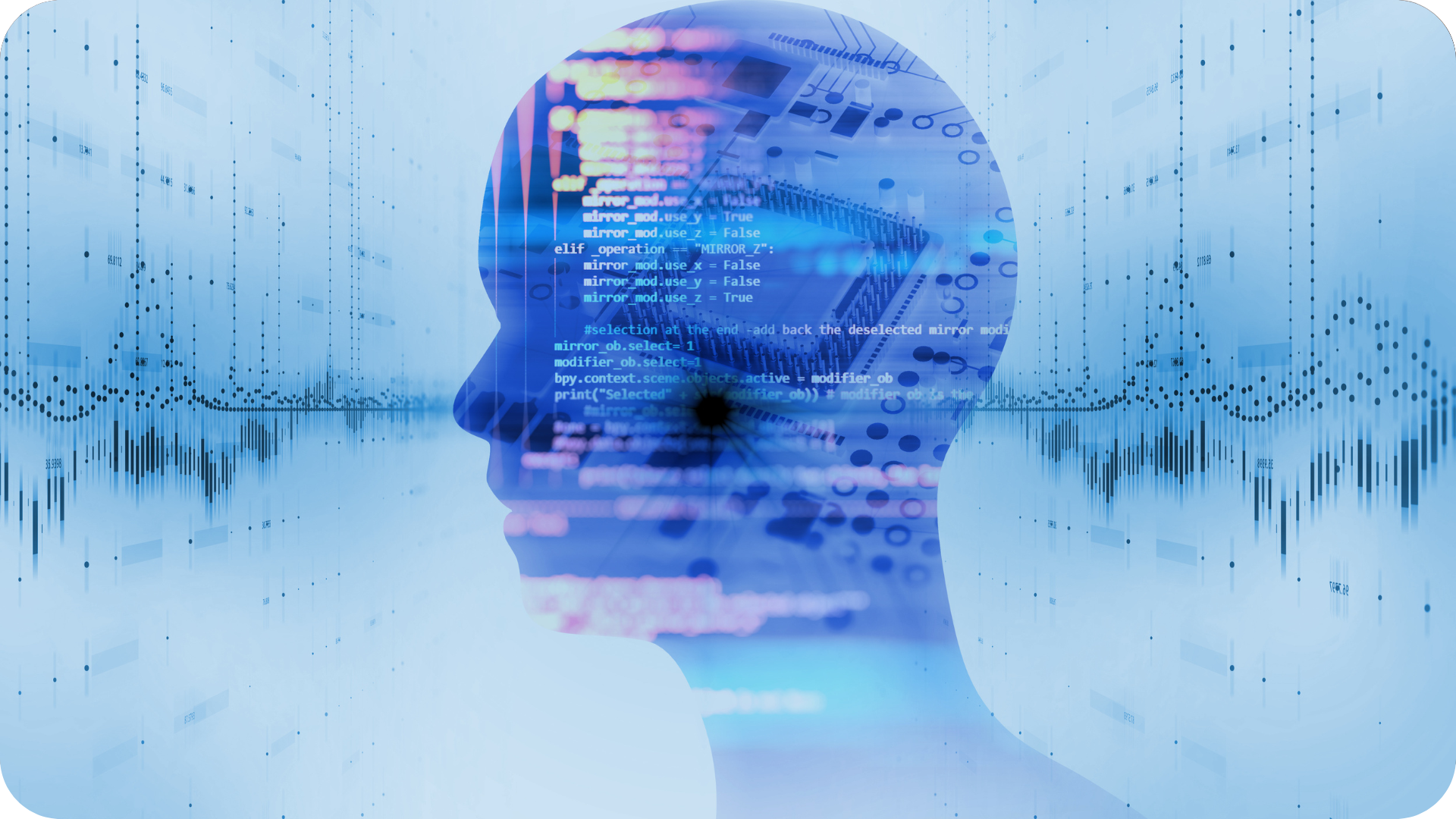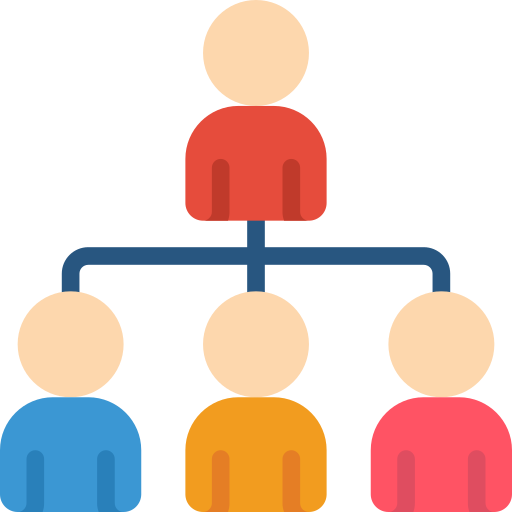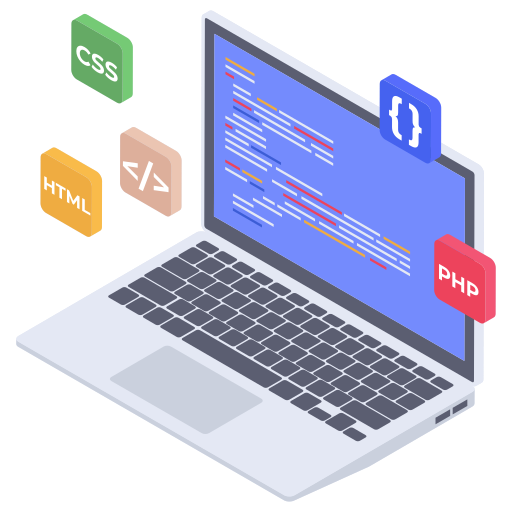AI isn’t replacing software developers—it’s supercharging them.
Tools like GitHub Copilot and Amazon Q are cutting coding time in half, improving code quality, and freeing developers from repetitive tasks, allowing them to focus on creativity and problem-solving. While AI accelerates learning, iteration, and delivery, it still can’t match human judgment, context, or innovation.
The real shift isn’t job loss—it’s job evolution: leaner teams, smarter workflows, and developers who use AI as a powerful co-pilot. The future belongs to those who embrace AI collaboration to build faster, better, and more intelligently than ever.
What’s in this blog?
- AI and the future of software development
- The real story behind AI-powered development
- How can AI help software developers?
- The irreplaceable human touch
- The transformation of development teams
- Practical steps for embracing AI development
- The economic reality
- Looking ahead: the AI-augmented future
- Key takeaways for development leaders








